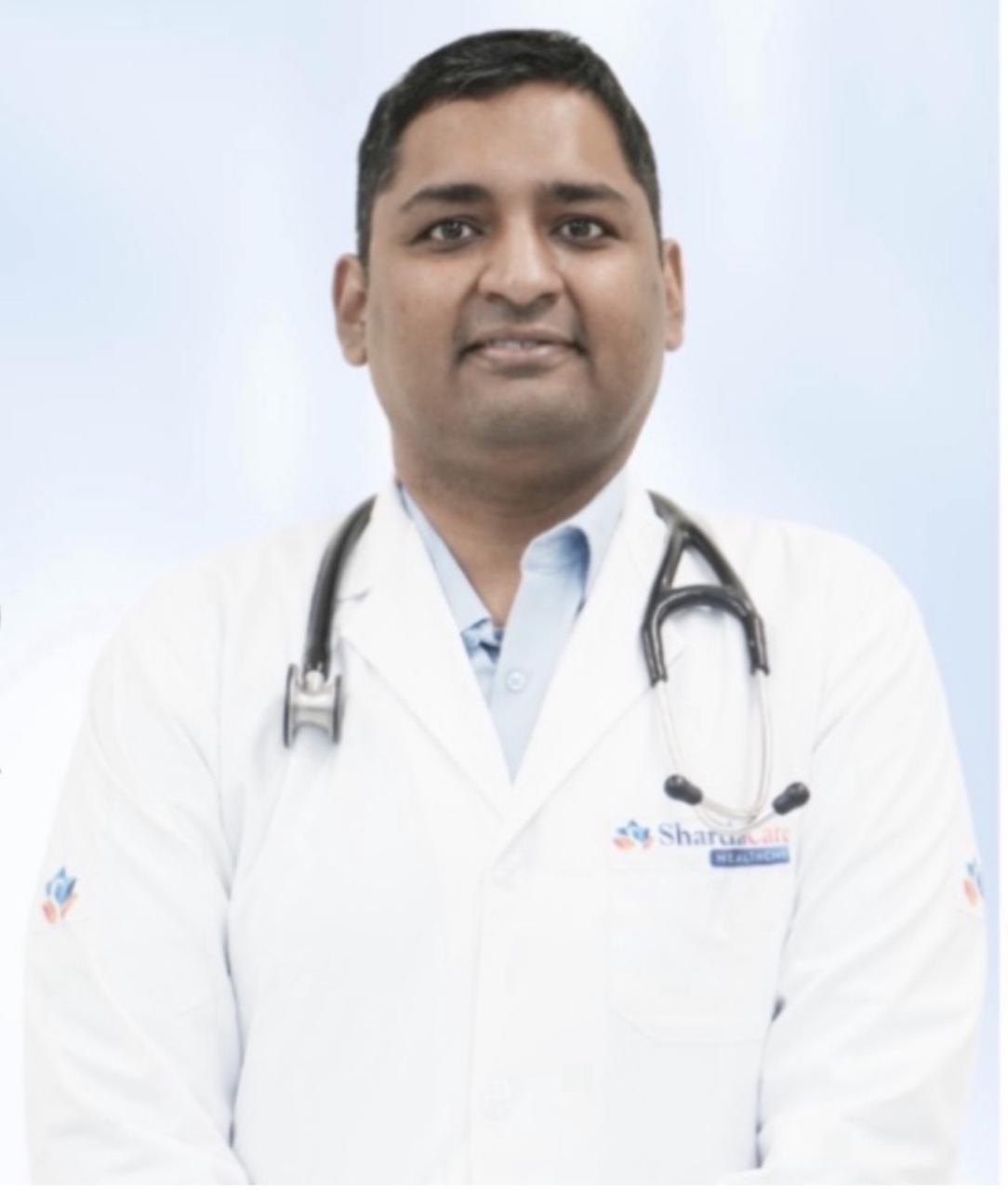Pulmonary Fibrosis
Pulmonary fibrosis is a group of serious lung diseases that affect the respiratory system. Pulmonary fibrosis scars and thickens lung tissue. It impacts the connecting tissue in the lung and the alveoli (air sacs inside the lungs).
The lung damage gradually gets worse over time. Hard, stiff lung tissues don’t expand as well as they should, making it harder to breathe. Pulmonary fibrosis may cause shortness of breath when you do routine tasks that never seemed tiring before.
Are pulmonary fibrosis and COPD the same?
No, pulmonary fibrosis and chronic obstructive pulmonary disease (COPD) are not the same. However, they are similar in some ways. Pulmonary fibrosis and COPD are both lung diseases that get worse over time. Both conditions can make breathing difficult.
But these conditions affect your lungs differently:
- Pulmonary fibrosis: Providers classify pulmonary fibrosis as an interstitial lung disease. The interstitial tissues are cells that make up the space between blood vessels and other structures inside the lungs. Pulmonary fibrosis damages these cells. It is a rare disease.
- COPD: COPD is a more common type of lung disease. Diseases like emphysema and chronic bronchitis are types of COPD. In COPD, lung tissue is damaged, alveoli are destroyed and airways can get irritated and inflamed (swollen).
Symptoms
- Shortness of breath
- Coughing
- Tiredness
- Loss of appetite and weight loss
- Clubbed fingers (rounded and swollen fingertips or toes)
- Bluish skin (in fair-skinned people) or gray or white skin around the mouth or eyes (in dark-skinned people)
Causes
- Inhaling hazardous chemicals
- Certain diseases, such as rheumatoid arthritis, scleroderma, or Sjogren's syndrome
- Radiation therapy
- Some medicines
- Certain viral infections
- Gastroesophageal reflux disease (GERD)
Treatment
Most pulmonary fibrosis treatments focus on easing symptoms and improving your quality of life.
Your provider may recommend one or more treatments:
- Medication: Certain medications can help slow the progression of the disease and manage symptoms.
- Oxygen therapy: Giving your body extra oxygen helps you breathe more easily. It may also increase your energy and strength.
- Pulmonary rehabilitation: Staying active in this special exercise program may improve how much (or how easily) you can do everyday tasks or activities.
- Lung transplant: A lung transplant replaces one or both diseased lungs with a healthy lung (or lungs) from a donor. It offers the potential to improve your health and quality of life. A lung transplant is major surgery, and not everyone is a candidate. Ask your provider if you may be eligible for a lung transplant.
